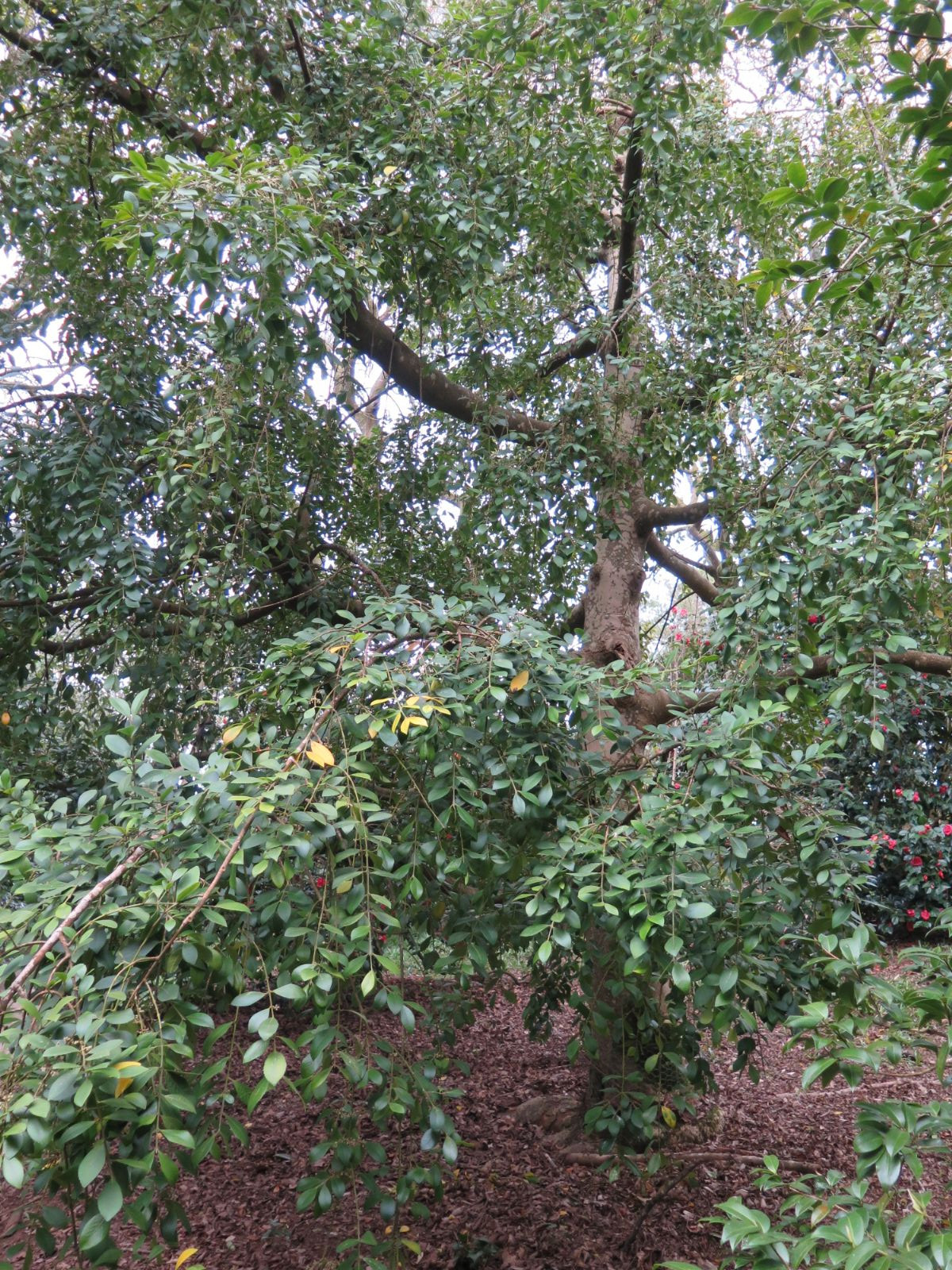Laurelia
Credits
Article from Bean's Trees and Shrubs Hardy in the British Isles
Article from New Trees by John Grimshaw & Ross Bayton
Recommended citation
'Laurelia' from the website Trees and Shrubs Online (treesandshrubsonline.
Family
- Atherospermataceae
The genus Laurelia comprises two species: L. novae-zelandiae in New Zealand and L. sempervirens (Ruiz & Pav.) Tul. in southern Chile and Argentina. A third species, also in southern South America, and formerly known as Laurelia serrata, is now recognised under the monotypic genus Laureliopsis Schodde, and further reorganisation may occur, as DNA evidence suggests that Laurelia is not monophyletic (Renner 1999). Laurelia species are trees with simple hairs on their branchlets and inflorescences. They are dioecious or have unisexual and hermaphrodite flowers on the same plant. The flowers have a cup-shaped floral tube (hypanthium), into which the stamens are inserted; pollen is released from the anthers by way of two apical valves; pistillate flowers have numerous staminodes. The fruits are small nutlets or achenes and are covered in silky hairs. They are produced within the hypanthium, which becomes woody and warty (Philipson 1993).
The Chilean Laurelia sempervirens (syn. L. serrata Bert.) and Laureliopsis philippiana (Looser) Schodde (syn. Laurelia serrata Phil.) are reasonably well known in cultivation, although still uncommon and mostly confined to warmer and maritime gardens in the British Isles. All prefer a warm, moist site sheltered from cold wind.
Bean’s Trees and Shrubs
Laurelia
A genus of three evergreen trees, two in Chile and Argentina, the third in New Zealand. Flowers mostly unisexual. Male flowers with numerous stamens and a campanulate many-lobed calyx-tube. Female and perfect flowers with a spindle-shaped to ovoid or globular calyx-tube; carpels numerous and distinct, each developing into a feathered achene.
Laurelia, with Atherosperma (q.v.), constitutes the small family Atherospermataceae, which is closely allied to the Monimiaceae and included by some botanists as a subfamily. In Chile the Monimiaceae proper are represented by the genus Peumus, whose sole species, P. boldus Mol., has aromatic leaves from which the Chileans make a digestive tea, much used after meals in place of coffee. It is too tender for a fuller description in this work.




